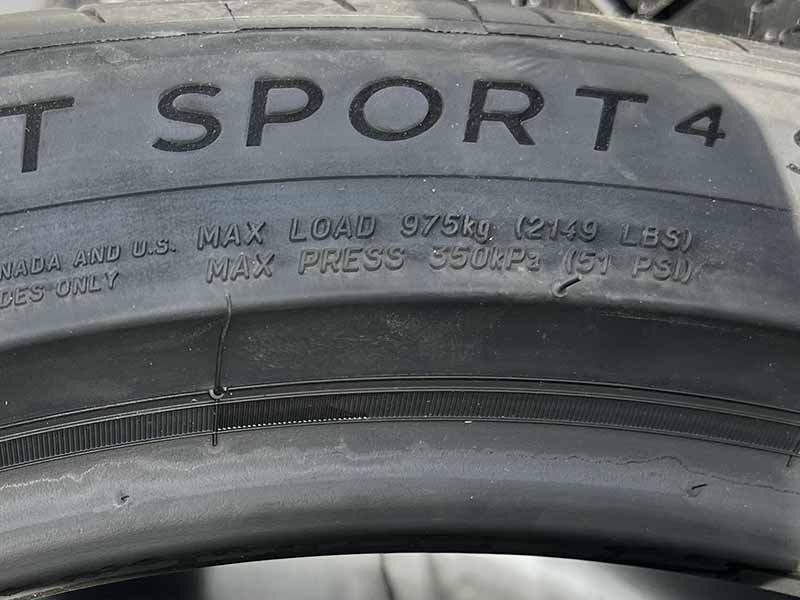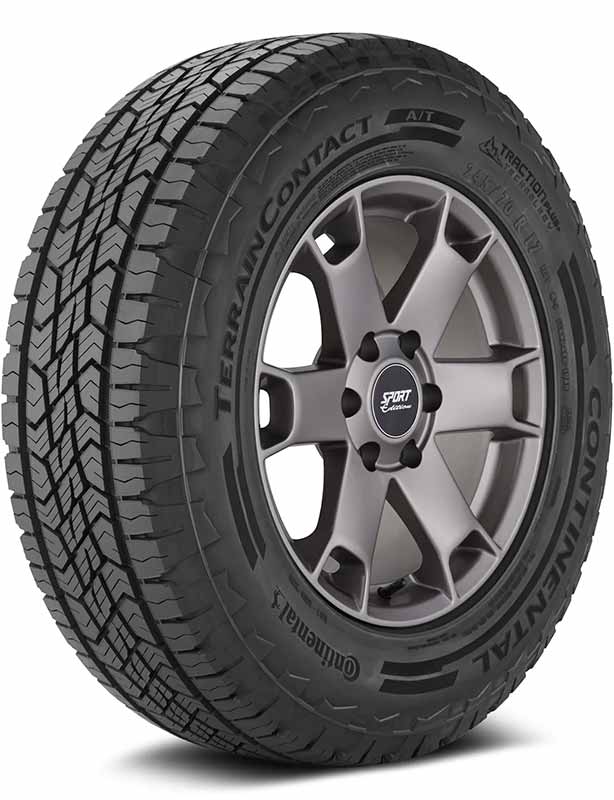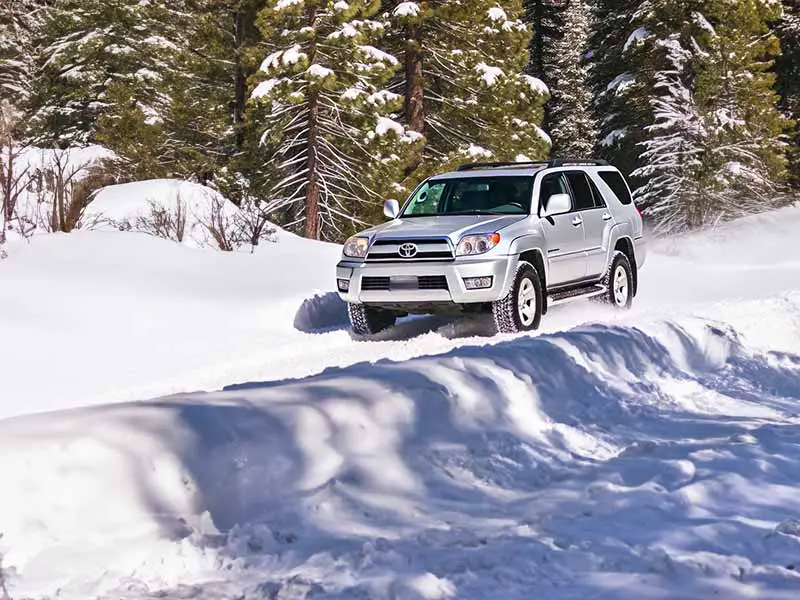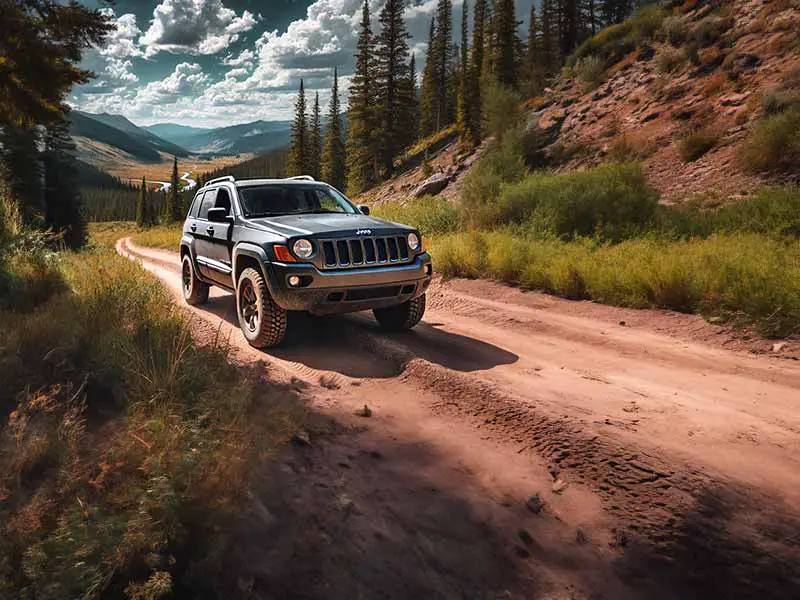If you’ve ever checked your tire pressure, you may have noticed that there are two different values listed:
- Max PSI
- Recommended PSI
This can be a little confusing, and you might be wondering which one you should aim for.
How Close To Max PSI Should Your Tires Be?
Your tires should be inflated to the recommended PSI as specified by your vehicle manufacturer, which can be found in your vehicle owner’s manual or on the tire pressure placard located on your vehicle.
This recommended PSI is typically significantly lower than the maximum PSI listed on the tire sidewall.
Overinflating your tires to the maximum PSI can cause uneven wear, poor handling, and potential blowouts. It’s important to regularly check your tire pressure and adjust as necessary to maintain proper inflation and ensure safe and efficient driving.
In this article, we’ll take a closer look at how close to the max PSI your tires should be. We’ll explore the difference between max PSI and recommended PSI, the dangers of overinflated tires, and how to inflate your tires to keep them in top condition properly.
Let’s take a closer look.
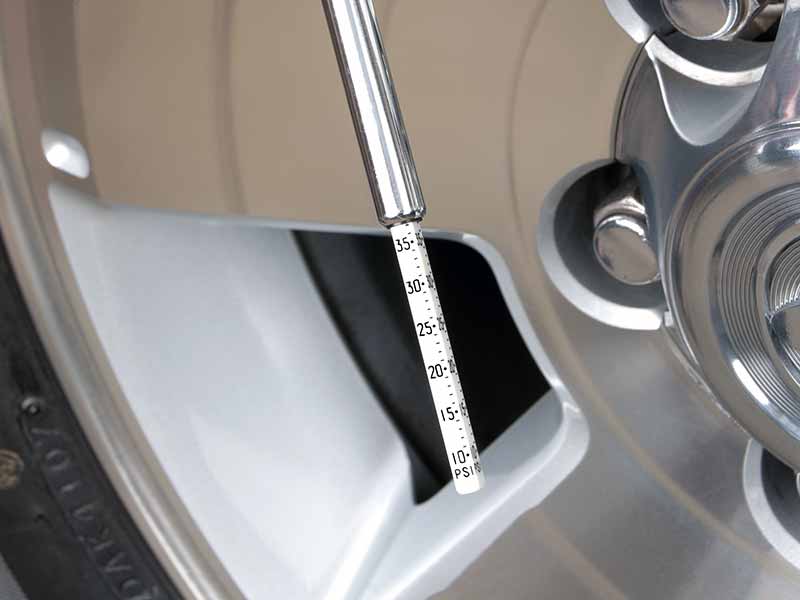
What Is PSI?
Let us begin by laying the groundwork before we delve into how close your tires ought to be to the maximum PSI. Fundamentally, what is PSI? PSI, an acronym for pounds per square inch, refers to the unit of measurement utilized to specify the air pressure within your vehicle’s tires.
Why is it imperative to maintain the correct PSI, you might wonder? For starters, it affects how your automobile maneuvers on the road. Underinflated tires might feel heavy and unresponsive, while overinflated ones can feel unsteady and jolting.
Underinflated tires provide more resistance, which compels your engine to exert more and use more fuel. However, overinflated tires can also decrease fuel efficiency. Also, tire pressure can significantly impact your vehicle’s fuel efficiency.
Since varying types of tires require different PSI levels, it’s vital to scrutinize your vehicle owner’s manual or the tire placard to discover the suggested pressure. In the next section, we’ll explore the disparity between maximum PSI and recommended PSI and why striving for the highest is not always the most appropriate course of action.
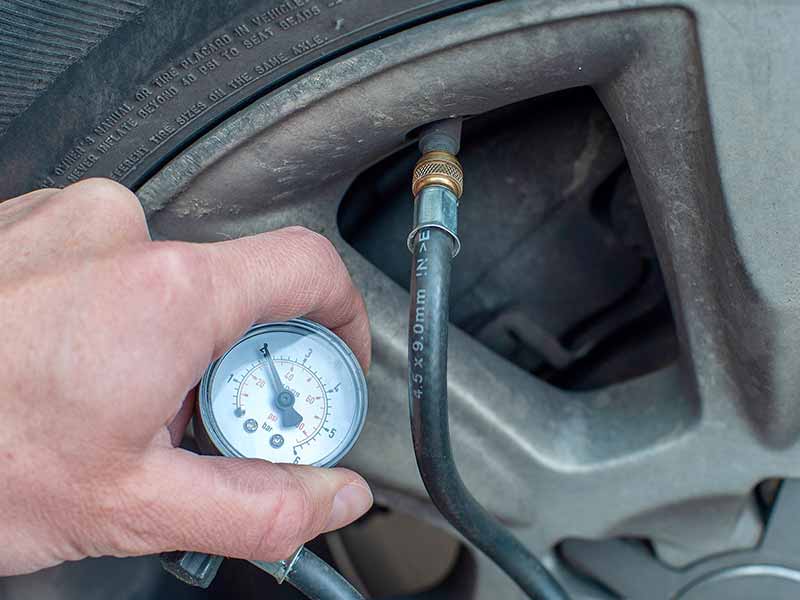
Max PSI Vs Recommended PSI
Now that we have a good grasp of what PSI is and why it’s essential to keep proper tire pressure, let’s delve into the disparity between max PSI and recommended PSI.
Max PSI is the maximum amount of pressure a tire can safely withstand, while recommended PSI is the manufacturer’s suggested pressure for optimal performance. It’s vital to bear in mind that max PSI isn’t always the best choice for your tires.
Overinflating your tires to the max PSI can lead to potential dangers. Doing so can cause a harsh ride, decrease traction, and result in uneven tire wear. It can even lead to a tire blowout or failure in some severe cases.
Underinflating your tires isn’t any better, however. It can cause poor handling, decrease fuel efficiency, and increase the risk of tire failure.
That’s why it’s crucial to aim for the recommended PSI for your tires. You can find this information in your vehicle owner’s manual or on the tire information sticker, which is usually located on the driver’s side doorjamb or in the glove compartment.
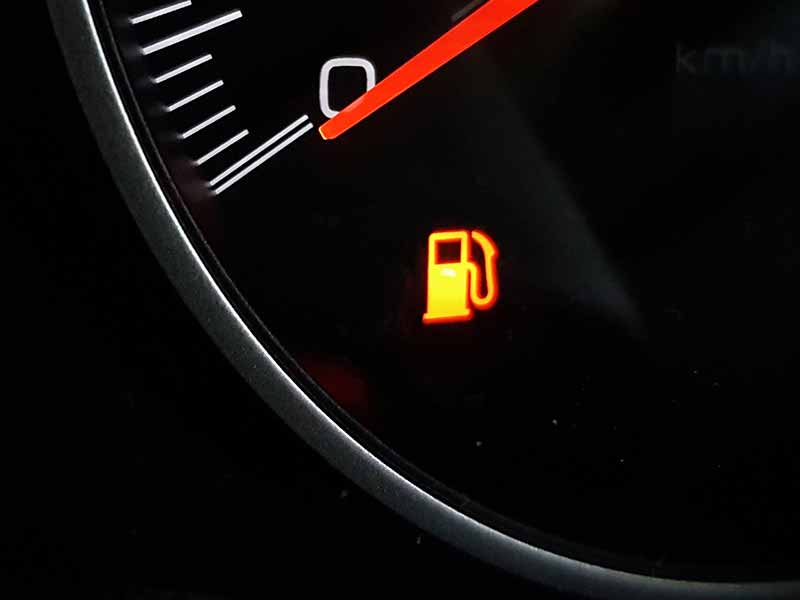
What Happens If Your Tire Pressure Is Too High?
Let’s dive deeper into what happens when your tire pressure is too high. Overinflated tires can lead to several issues that affect your vehicle’s performance and safety on the road.
One of the primary issues with overinflated tires is decreased tire contact with the road. This can lead to poor handling, particularly in wet or slippery conditions, which can increase the risk of accidents. Furthermore, overinflated tires can create a harsh ride, which can be especially uncomfortable on longer trips.
Another issue with overinflated tires is uneven wear. When a tire is overinflated, the center of the tire bears most of the weight, causing it to wear out faster than the rest of the tire. This can result in having to replace your tires sooner than expected, which can be costly.
Perhaps the most dangerous consequence of overinflated tires is the increased risk of a blowout. Overinflated tires are more susceptible to punctures, and the added pressure can cause the tire to fail suddenly and explosively, which can lead to serious accidents and injuries.
It’s important to remember that maintaining proper tire pressure is essential for your safety on the road. In the next section, we’ll go over how to find the recommended PSI for your tires and the proper way to inflate them to avoid these dangerous consequences.
Finding The Recommended PSI For Your Tires
The first step to finding the recommended PSI for your tires is to check your vehicle owner’s manual. This handy guide typically includes a section on tire maintenance, and it will list the manufacturer’s recommended pressure for your tires. It’s important to remember that this pressure may not be the same for all tires, so make sure to double-check for the front and rear tires.
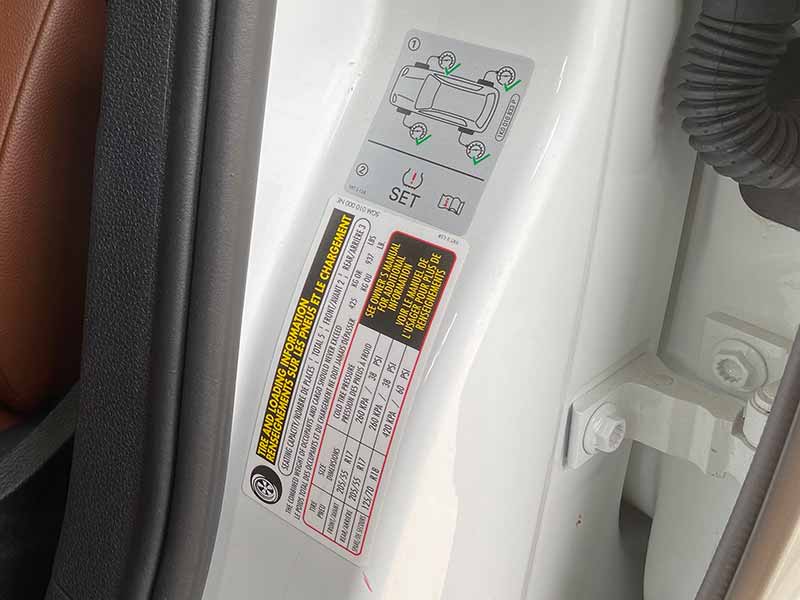
If you cannot locate your owner’s manual, don’t worry. You can also find the recommended tire pressure on the tire pressure placard, which is usually located on the driver’s side doorjamb or in the glove compartment. This placard includes crucial information about the recommended tire pressure and the size and type of tires recommended for your vehicle.
The vehicle manufacturer’s website or a website with technical specifications for your specific car or truck are excellent resources. However, if you don’t have access to either of these resources, many online sources can help you find the recommended PSI for your tires. With the help of these resources, you can quickly and easily determine the recommended tire pressure for your vehicle.
How To Properly Inflate Your Tires
Now that you’ve got the recommended PSI for your tires, knowing how to inflate them correctly is important. Here are some steps to keep in mind:
- Grab a tire pressure gauge to check the current pressure in each tire. You can find this tool at any auto parts store.
- If the pressure is lower than recommended, add air to the tire until it reaches the suggested PSI. If the pressure is too high, let some air out until it matches the recommended PSI.
- It’s important to inflate your tires when they’re cool since tire pressure increases as they heat up while driving.
- Don’t be tempted to overinflate your tires to extend their lifespan or enhance fuel efficiency. Overinflated tires are dangerous and may decrease fuel efficiency instead.
- Remember to check your spare tire! Make sure it’s properly inflated in case of an emergency.
- Lastly, make a habit of checking your tire pressure at least once a month. Maintaining correct tire pressure is critical to ensure optimal performance, safety, and tire longevity.
Following these steps guarantee that your tires are correctly inflated and safe for the road. Don’t forget that proper tire maintenance also entails routinely examining your tires for signs of wear or damage.

Resources
Below are some links you may find helpful when learning about tires
- I overinflated my tires. Is that bad? – Firestone
- Recommended tire pressure for your tires – Pirelli
Final Thoughts
Proper tire inflation is critical for safe and efficient driving. Overinflated tires can cause uneven wear and poor handling, while underinflated tires can lead to decreased fuel efficiency, poor handling, and even blowouts. It’s important to follow the recommended PSI for your vehicle and tires, which can be found in your owner’s manual or the tire information sticker.
Your tires will perform at their best, keeping you and your passengers safe on the road. By maintaining the proper tire pressure, you’ll enjoy a variety of benefits, such as better fuel efficiency, increased tire life, and improved handling and braking. Plus, it’s always a good idea to regularly check your tire pressure using a gauge for accuracy.
Incorporating these simple steps into your tire maintenance routine can go a long way toward keeping your vehicle running smoothly and safely. So take a few moments to check your tire pressure today and enjoy a safer, more efficient driving experience!
Good luck and happy motoring.
